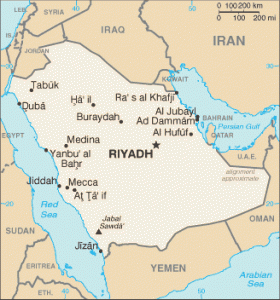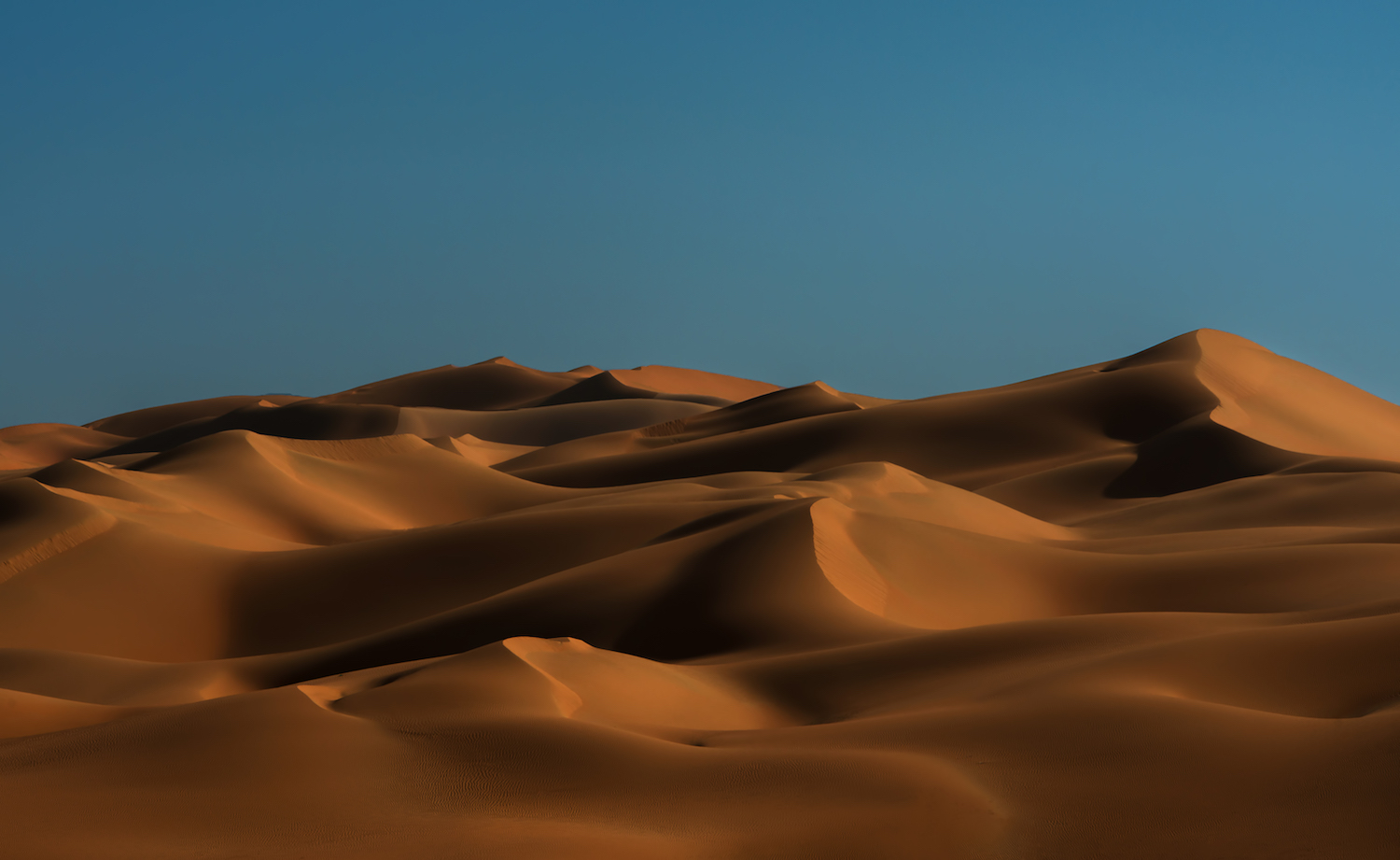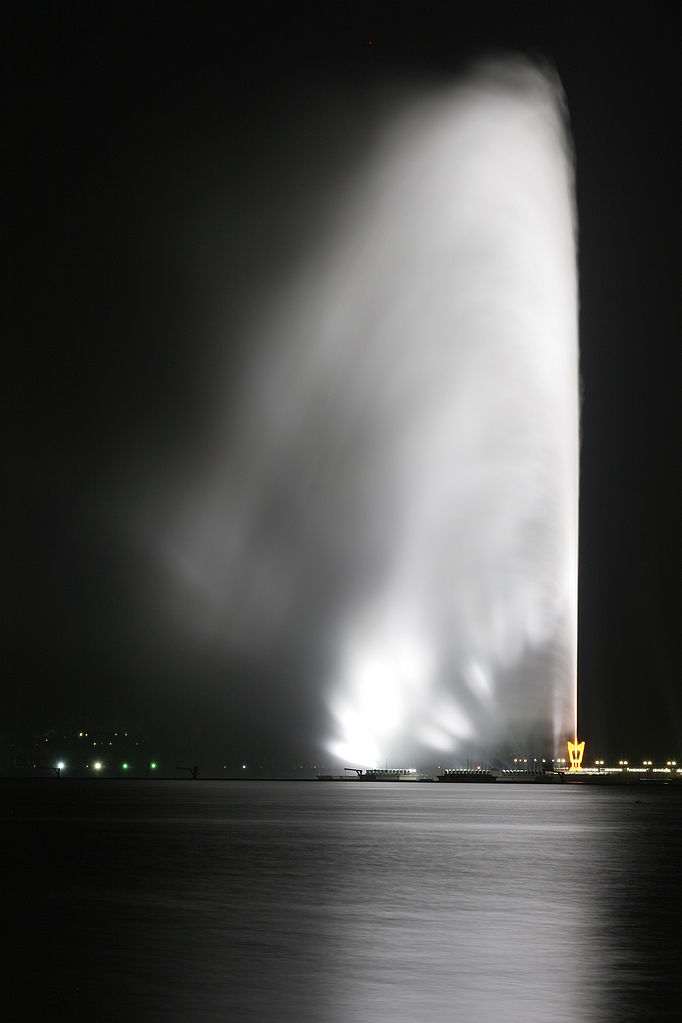Saudi Arabia March 21, 2020 absolute monarchy , Arab League , Arabia , Arabic , Arabic language , Asia , desert , dictatorship , Djeddah , gas , Gulf Cooperation Council , human rights , hydrocarbons , islam , La Mecque , Médine , Middle East , monarchy , oil , OPEC , Péninsule Arabique , Persian Gulf , Red Sea , religion , Riyad , Rub al-Khali , Saudi Arabia , Western Asia , women's rights Official name Kingdom of Saudi Arabia Name in local language المملكة العربية السعودية ; Al-Mamlakah Al-ʾĀrabīyah As-Saʿūdīyah (ar) Continent Asia Subcontinent Western Asia Population (ranking: 44e ) 33,413,660 inhabitants (2018) Population growth 2.46 % / year Area 2,149,690 km² Density 15.54 inhabitants / km² GDP (ranking: 18e )782.483 billions $USD (2018) GDP/capita (ranking ) 23,219 $USD (2018) GDP growth 2.20 % / year (2018) Life expectancy (ranking ) 75.00 years (2018) Birth rate 21.50 ‰ (2014) Fertility rate 2.00 children / woman (2017) Death rate (ranking ) 3.50 ‰ (2014) Infant mortality rate (ranking ) 6.30 ‰ (2017) Literacy rate 99.22 % (2013) Official languages Arabic Currency Saudi riyal (SAR) HDI (ranking: 55e )0.857 / 1 (2018) EPI (ranking )57.47 (2018) Government Unitary Islamic absolute monarchy Head of State King Salman National Day 23 September (kingdom foundation in 1932) ISO Codes SA, SAU Demonym Saudi Arabian Tourists (ranking ) 16,109,000 people (2017)
The status of women remains a major concern Saudi Arabia is an absolute Islamic monarchy led by the Saud family since its creation in 1932 by Ibn Saud. Occupying 80% of the Arabian Peninsula, it is the largest country in the Middle East with an area of more than 2.1 million square kilometers. The country has Islam for state religion and Arabic for official language; it houses the two most important holy places of Islam, Masjid al-Haram (in Mecca) and Masjid al-Nabawi (in Medina).Yemen to the south, Oman , United Arab Emirates , Qatar and Bahrain to the east, Kuwait , Iraq and Jordan to the north. It is bordered on the east by the Persian Gulf , and on the west by the Red Sea , facing Egypt , Sudan and Eritrea .
Rub al-Khali desert, Saudi Arabia Jeddah – King Fahd’s Water Jet. Source: Wikipedia Urban areas (2015) Urban areas Population Riyadh 6,920,365 inhabitants Jeddah 4,082,184 inhabitants Dammam 2,407,603 inhabitants Mecca 1,969,861 inhabitants Medina 1,374,567 inhabitants Hofuf 1,220,655 inhabitants Ta'if 1,135,356 inhabitants Buraidah 708,869 inhabitants Tabuk 653,466 inhabitants Khamis Mushait 590,251 inhabitants Ha'il 475,005 inhabitants Jubail 448,429 inhabitants Hafar Al-Batin 447,283 inhabitants Al-Kharj 435,461 inhabitants Abha 421,921 inhabitants Najran 379,836 inhabitants Yanbu 345,850 inhabitants Al Qunfudhah (Kunfuda) 311,133 inhabitants
Administrative divisions Provinces Population Area Al Bahah (Al-Bah) 471,755 inhabitants 9,921 km² Al Jawf (Al-Jowf) 506,372 inhabitants 100,212 km² Al Qasim (Al-Qaim) 1,402,974 inhabitants 58,046 km² Asir (Aseer) 2,194,463 inhabitants 76,693 km² Frontières du Nord (Al-Hudud ach-Chamaliya - Northern Borders) 367,433 inhabitants 111,797 km² Haïl (Hael) 685,820 inhabitants 103,887 km² Jizan (Jazan) 1,568,727 inhabitants 11,671 km² La Mecque (Makkah) 8,099,473 inhabitants 153,128 km² Médine (Madinah) 2,061,383 inhabitants 151,990 km² Najran 581,789 inhabitants 149,511 km² Orientale (Ach-Charqiya - Eastern) 4,762,871 inhabitants 672,522 km² Riyad (Riyadh) 7,910,864 inhabitants 404,240 km² Tabouk 907,494 inhabitants 146,072 km²
See also 



